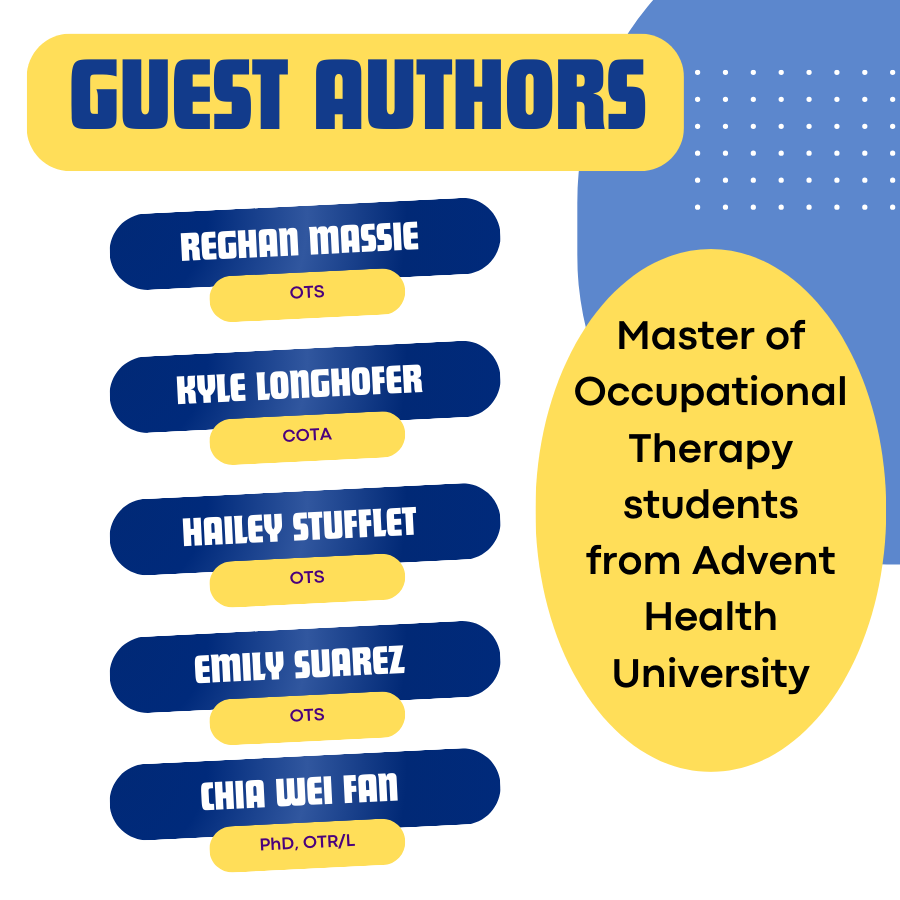 The Impact of Educational Escape Rooms on Occupational Therapy Students
The Impact of Educational Escape Rooms on Occupational Therapy Students
Reghan Massie, Hailey Stufflet, Emily Suarez, Kyle Longhofer, Chia-Wei Fan
 The Impact of Educational Escape Rooms on Occupational Therapy Students
The Impact of Educational Escape Rooms on Occupational Therapy Students
Reghan Massie, Hailey Stufflet, Emily Suarez, Kyle Longhofer, Chia-Wei Fan
 Extracurricular Engagement in Developing a Sense of Belonging in Hybrid Students
Extracurricular Engagement in Developing a Sense of Belonging in Hybrid Students  The Expanding Role of Occupational Therapy: Insights from the Doctoral Entry Level
The Expanding Role of Occupational Therapy: Insights from the Doctoral Entry Level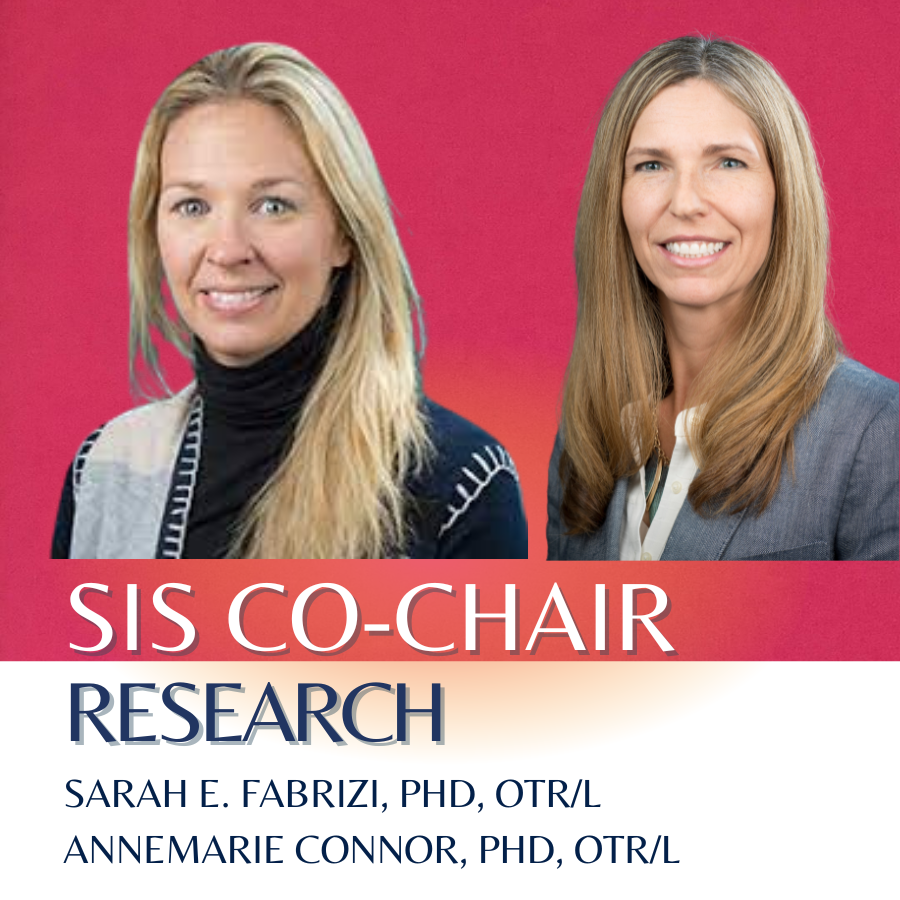 Trends in Occupational Therapy Research and Practical Applications for Providers
Trends in Occupational Therapy Research and Practical Applications for Providers
Research Special Interest Section
 The Impact of Vestibular Processing on Attention and School Performance: A case study
The Impact of Vestibular Processing on Attention and School Performance: A case study
Dominique Blanche Kiefer, OTD, OTR/L, BCP
 Improving Patient Safety in Occupational Therapy
Improving Patient Safety in Occupational Therapy
Anna DeMarco
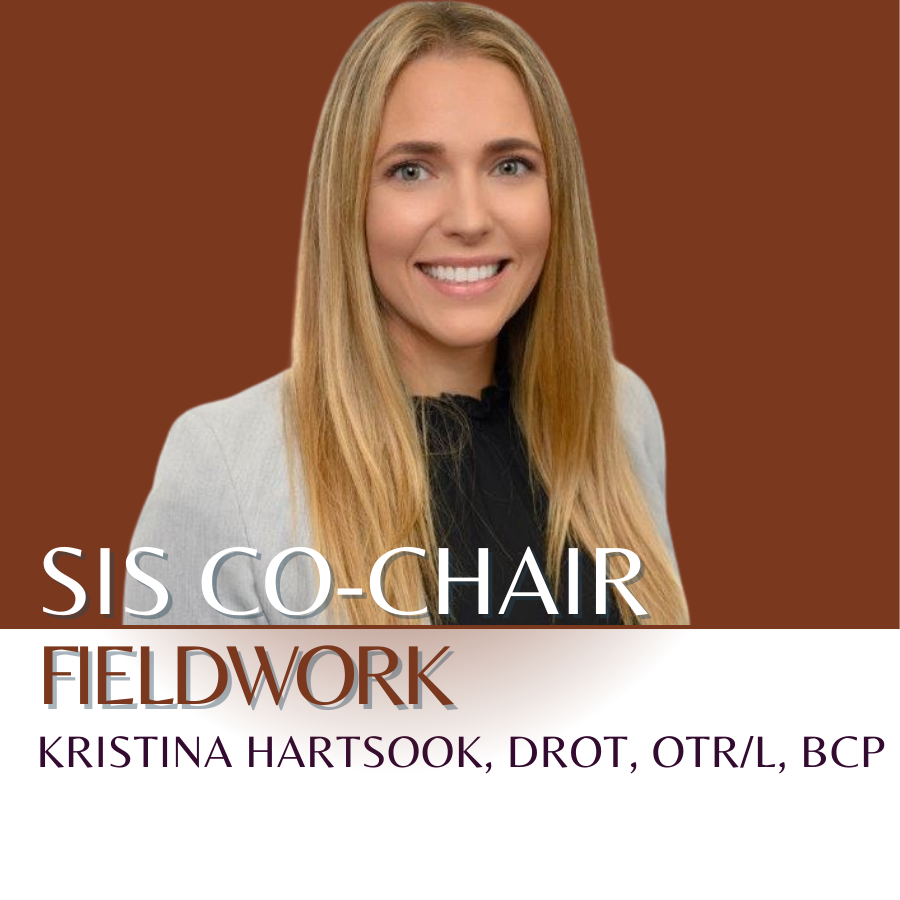 Elevating Fieldwork Experiences: The Role of Evidence-Based Practice in Occupational Therapy
Elevating Fieldwork Experiences: The Role of Evidence-Based Practice in Occupational Therapy
Kristina Hartsook, DrOT, OTR/L, BCP
Empowering students in fieldwork: Building emotional intelligence skills through self-assessment
Lucerito R. Gonzalez, COTA/L, MSOTS
Decreasing Lymph Volume With the Use of Deep Oscillation Therapy
Candice D. Young E.d.S., COTA/L, CLT
The Experiences of Siblings of Individuals with Special Needs
Kim Dudzinski, EdD, OTR/L, Mary Stein, OT-S, Veronica Sarti, OT-S, Alexis Bellacera, OT-S, & Hannah Sbacchi, OT-S
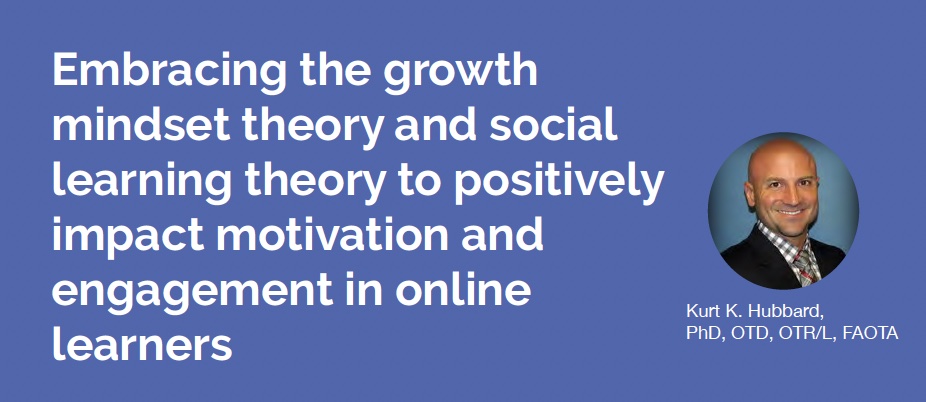
Online education refers to a learning process in which at least 80% of the course content is delivered via an online learning platform (Yeboah, Dogbey, & Smith, 2016). Hybrid education is a curriculum that has at least 50% of their delivery online. Increasingly, OT entry level programs are being delivered using hybrid curriculum. In addition, post-professional OT programs are primarily online in education delivery. According to the literature, enrollments in online education have grown rapidly in the past decade throughout postsecondary education (Jaggars, 2014). This growth offers learners opportunities, but also presents challenges for learners enrolled in online courses. For instance, despite the rapid growth in enrollment for online distance education courses, learner persistence and academic performance in online courses is often much lower than in traditional non-online courses (Croxton, 2014). Furthermore, according to Kauffman (2015), attrition rates remain high for online education courses as compared to traditional non-online distance education courses. Online education research studies have identified internal factors that lead to the underperformance for online learners (Croxton, 2014). These internal factors include lack of motivation, challenges with self-determination, and issues with not experiencing online engagement (Croxton, 2014). To this end, online college students who experience the least amount of motivation and engagement are said to be at a greater risk of dropping out (Pruett & Absher, 2015). It is of interest to identify ways the faculty can have an essential role in improving the motivation and engagement of online learners moving forward.
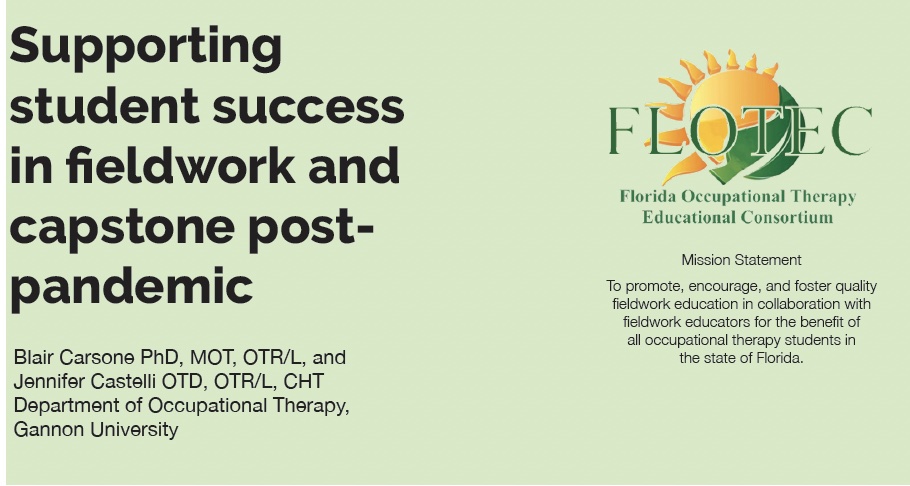
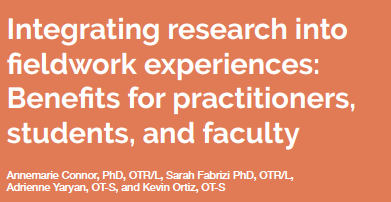 Integrating research into fieldwork experiences: Benefits for practitioners, students, and faculty
Integrating research into fieldwork experiences: Benefits for practitioners, students, and facultyby: Annemarie Connor, PhD, OTR/L, Sarah Fabrizi PhD, OTR/L, and Adrienne Yaryan, OT-S, and Kevin Ortiz, OT-S
As new occupational therapy programs continue to develop, it has become more difficult to find fieldwork (FW) sites for students since practitioners are less willing to supervise students due to the lack of resources, limited time, and questions of student preparedness (Varland et al., 2017). Unfortunately, this predicament is now exacerbated in the era of COVID-19. Emerging practice fieldwork sites, largely focused on prevention and health promotion in community-based practice, have been one mechanism for creating meaningful and productive fieldwork sites during this increasingly challenging landscape (Clarke et al., 2015; Dancza et al., 2013).
ASSESSING STUDENTS’ CLINICAL REASONING ON FIELDWORK
By Maria A. Colmer, OTD, OTR/L, Associate Professor, Academic Fieldwork Coordinator, Florida Gulf Coast University, OT Program, FLOTEC
 FOTA21 Conference: Student Poster Submissions
FOTA21 Conference: Student Poster SubmissionsHere are some tips to follow when completing your student poster submission:
First and foremost, make sure you submit your poster under student and not professional. This will help to decrease any added stress closer to conference when you realize you may have been placed in the wrong group. The conference committee goes off what you submit and will place your poster in the group accordingly.

An others-oriented perspective is at the core of most occupational therapy practitioners. Occupational therapy (OT) is a holistic profession built on the ideals of being client centered and helping others live a life they deserve and value, which I believe is the reason many of us fell in love with the profession. Occupational therapists bring a unique, client-focused, occupation based, and holistic perspective to the table. With this viewpoint, we are given a responsibility to employ it in leadership, as it is increasingly valuable to healthcare as a whole.

FOTA Boosts Quarterly Publication
In a persistent move towards meeting the needs of its membership and readers, FOCUS, the official publication of the Florida Occupational Therapy Association (FOTA) has been renamed The FOCUS Quarterly. The Author’s Guidelines have been adapted to include formal review of submitted materials, and inclusion of a variety of opportunities for the novice and seasoned writers in the community of occupational therapy and collaborating partners.
by: Kimberly McKinney MOT, MPT, tDPT, PHC
FOTA SIS Early Intervention/School Systems Chair H2 Health at Georgia-Pacific Palatka
The news about the coronavirus is everywhere, but what effect is it having on kids? According to a new study from China’s Shenzhen province (led by scientists from the Johns Hopkins Bloomberg School of Public Health and the Shenzhen Center for Disease Control and Prevention) believes that although children do contract COVID-19 they do not get sick as quickly as adults. This is believed to be due to children having healthier lungs (from not smoking or fewer years of exposure to pollution) (Pappas, 2020).
Manualization of an intervention is an essential component in the implementation of research studies. When collaborating on research teams, manualization gives a template to check for fidelity and thus determine if the intervention is carried out in the way in which it was intended by the program developers. Murphy and Gutman (2012) have outlined essential elements in intervention fidelity that are often absent from study descriptions. For example, within the intervention manual researchers should describe the intervention design to include the number, length, and frequency of intervention sessions. The researchers should explain both the theoretical framework and any clinical guidelines that provided the foundation for the intervention. The manual must also define the “active ingredients” or elements of the intervention proven to be responsible for changes in specific outcomes, often quite complex in intervention research. Careful consideration must be given to the training of individuals who will be implementing the study’s procedures. Implementation training is not only outlined in the manual, but the manual content can also be used for training purposes. Written/electronic intervention manuals can be an important tool to assist in fidelity as they provide a means to articulate the distinct differences of the intervention and ensure outcomes are replicated.
Amazon searches starting from www.flota.org benefit FOTA!